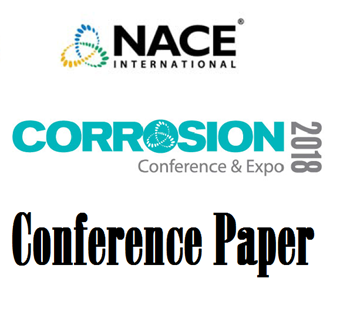Search
Inhibited Erosion-Corrosion of Carbon Steel in Sweet Production with CaCO3 Versus Sand Particles
Also Purchased
State of The Art Erosion Control Technology
Product Number:
MPWT19-15301
Publication Date:
2019
$0.00
51316-7426-Erosion-Corrosion of Low Carbon Steel Inhibition in Oil-Brine-Sand Flow
Product Number:
51316-7426-SG
ISBN:
7426 2016 CP
Publication Date:
2016
$20.00
51318-11093-Comparison of Inhibited Erosion-Corrosion with Calcium Carbonate Particles versus Sand
Product Number:
51318-11093-SG
Publication Date:
2018
$20.00




